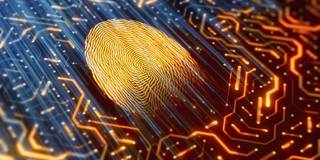The Biometric Threat
As with so many other convenient technologies, the world is underestimating the risks associated with biometric identification systems. India has learned about those risks the hard way – and should serve as a cautionary tale to the governments and corporations seeking to expand the use of these technologies.

NEW DELHI – Around the world, governments are succumbing to the allure of biometric identification systems. To some extent, this may be inevitable, given the burden of demands and expectations placed on modern states. But no one should underestimate the risks these technologies pose.